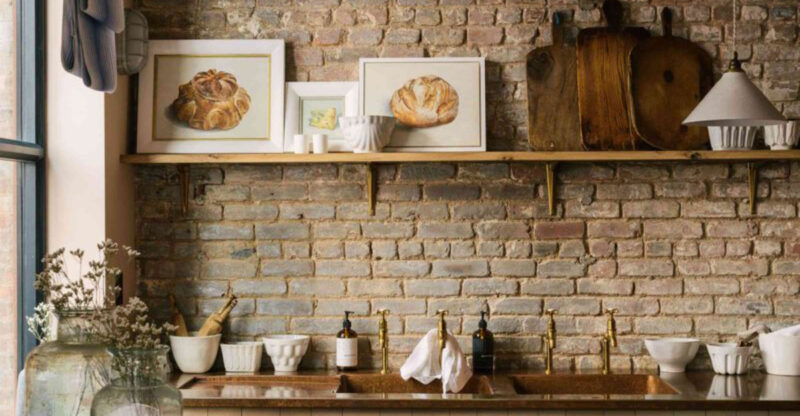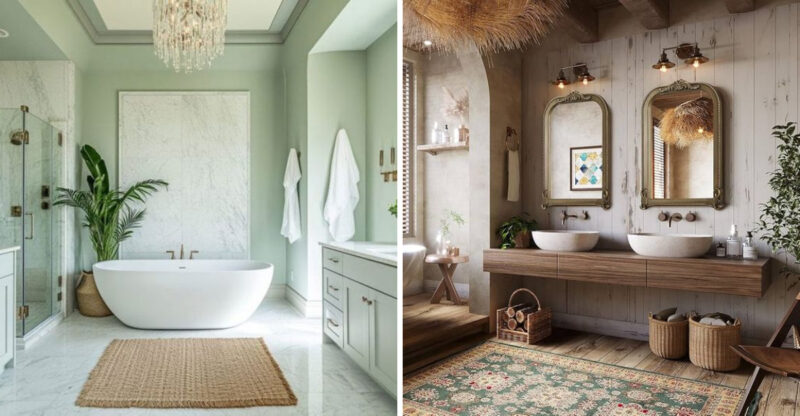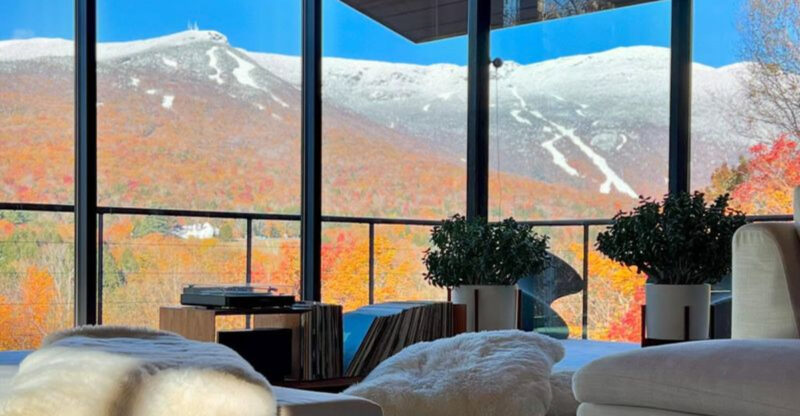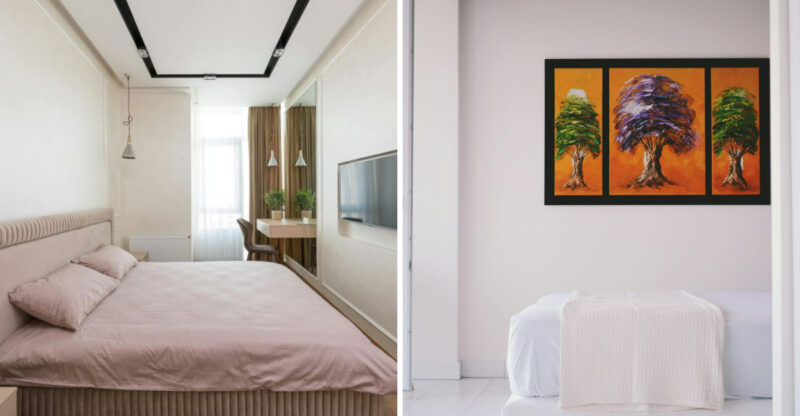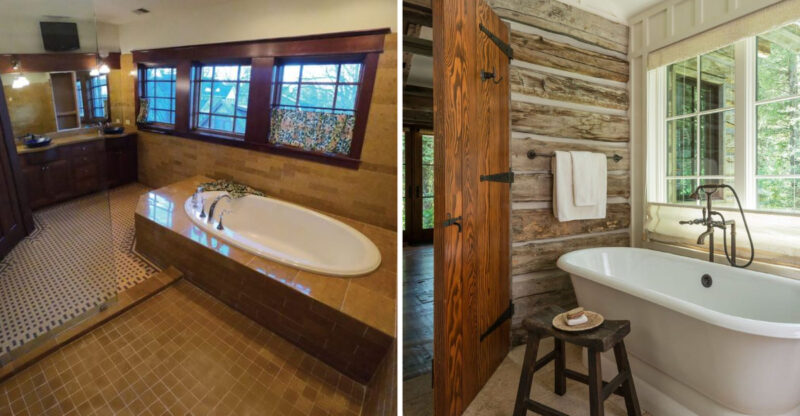The Underrated Trick Designers Use To Maximize Tiny Living Areas
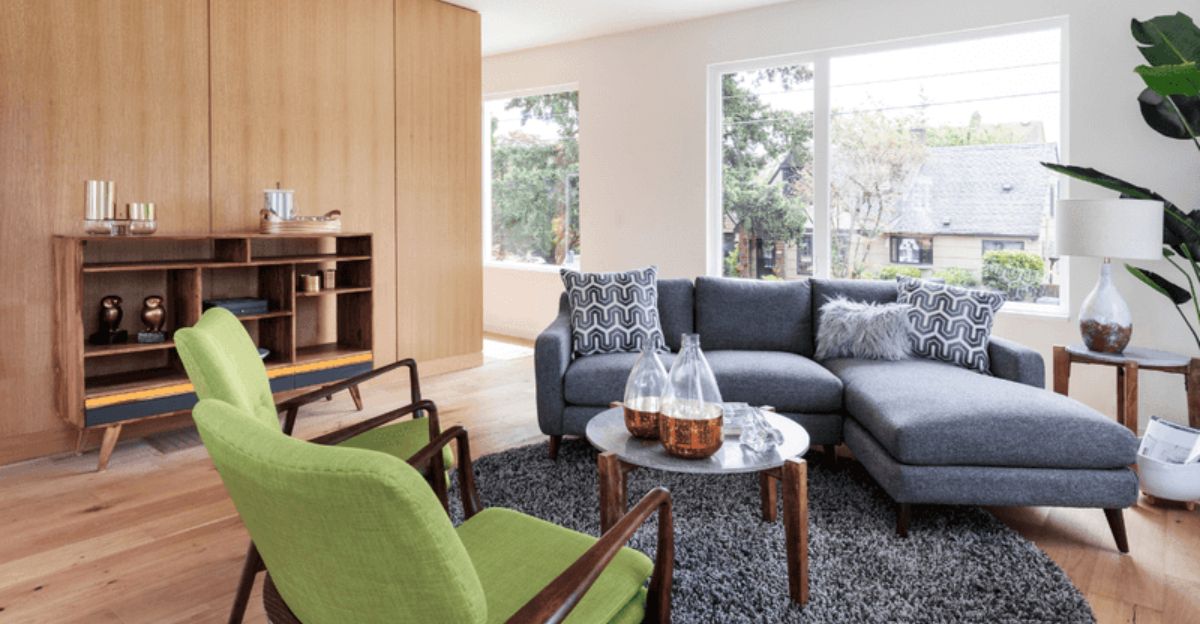
Living in a tiny space doesn’t mean sacrificing style or comfort.
Professional designers have clever tricks that transform cramped quarters into functional, beautiful homes. I’ve gathered 14 underrated techniques that go beyond basic decluttering advice to help you maximize every inch of your small living area.
These smart solutions will make your compact space feel surprisingly spacious and perfectly tailored to your needs.
1. Mirrors
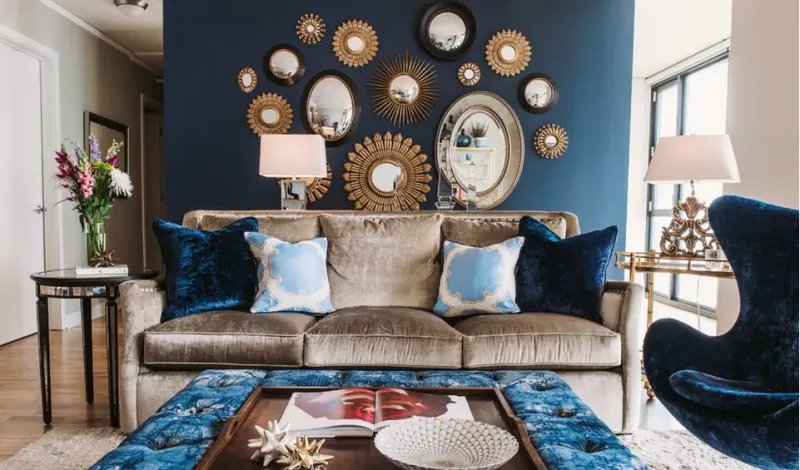
Strategic mirror placement creates the illusion of doubled space in even the tiniest rooms. I’ve seen small apartments completely transformed with a well-positioned mirror that reflects natural light and outdoor views.
Large wall mirrors work wonders when placed opposite windows, making rooms feel twice as big while brightening dark corners. For narrow hallways, try a full-length mirror at the end to visually extend the space.
Mirrored furniture pieces like side tables or cabinet doors add function without visual weight. Even small decorative mirrors grouped together on a wall can create an artistic focal point while making your space feel more expansive and airy.
2. Multi-Use Furniture

Furniture that serves double or triple duty is worth its weight in gold for tiny homes. Consider ottomans with hidden storage that work as coffee tables, extra seating, and organize blankets all at once.
Murphy beds that fold into walls during the day transform bedrooms into home offices or living spaces in seconds. Dining tables with drop-leaf sides can expand for guests and shrink when you need floor space.
My favorite multi-use piece? A storage bench that provides seating by day and pulls out into a guest bed at night. The key is choosing pieces that don’t just save space but actually enhance your lifestyle by adapting to different needs throughout the day.
3. Vertical Storage
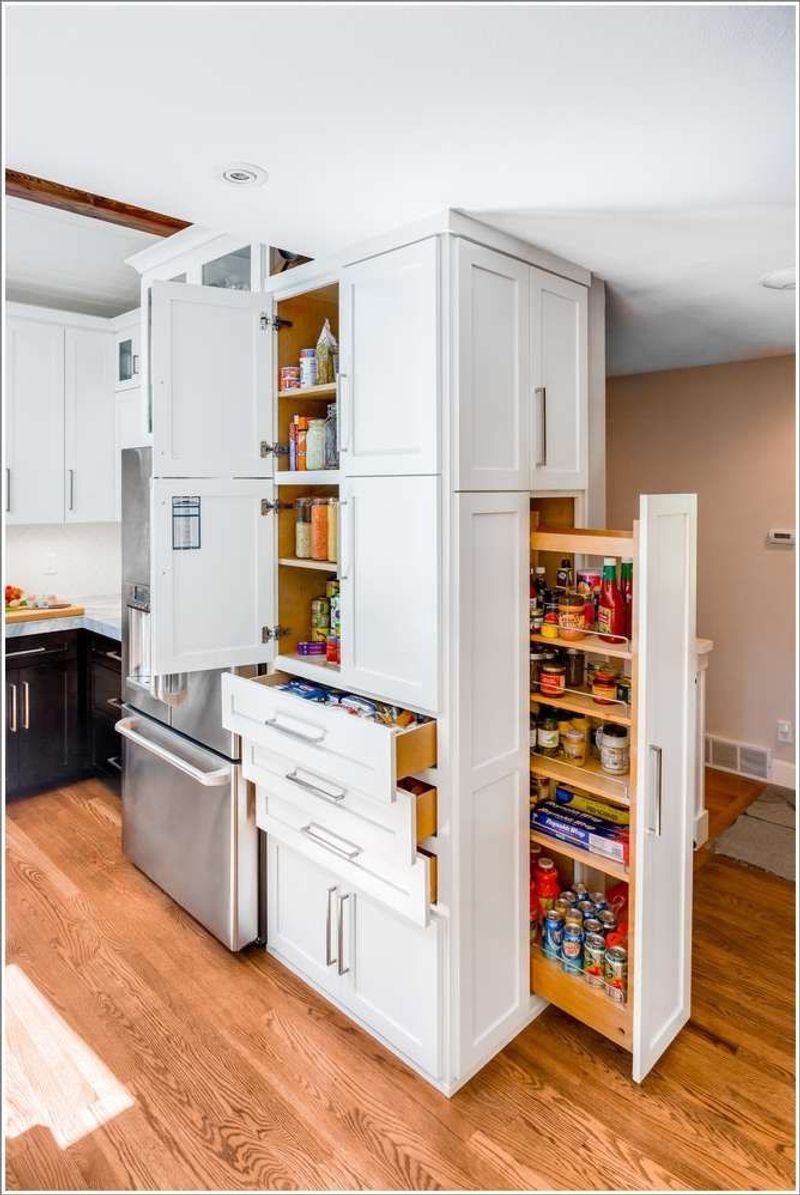
When floor space is scarce, the walls become your best friends. Vertical storage solutions draw the eye upward, creating the perception of higher ceilings while keeping essentials organized.
Tall, slim bookcases that reach to the ceiling provide massive storage without hogging precious floor area. Wall-mounted cabinets in kitchens can extend higher than standard installations to utilize otherwise wasted space.
How about installing pegboards in home offices or kitchens? They allow for customizable storage that adapts as your needs change. Remember to arrange items with the heaviest objects at eye level or below, and decorative pieces higher up for both practical access and visual balance.
4. Light Colors
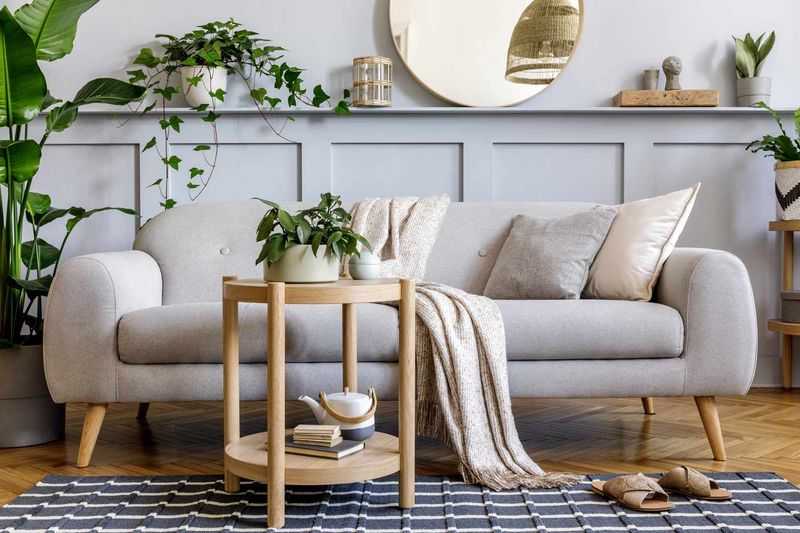
Pale hues create an optical illusion that makes walls recede, giving tiny rooms an airy, expansive feel. I’ve transformed claustrophobic studio apartments into serene retreats using soft whites, gentle creams, and barely-there pastels.
Light-colored floors particularly amplify this effect, reflecting available light and creating a seamless flow throughout the space. For depth and interest, add texture through different materials rather than dark colors think white-washed wood, cream linen, or frosted glass.
Are you worried about a bland look? Incorporate small pops of vibrant color through accessories that can be easily changed when you want a refresh. The key is maintaining that bright, reflective quality that makes small spaces breathe.
5. Foldable Tables

Foldable tables offer miraculous flexibility in compact homes, appearing only when needed. Wall-mounted drop-leaf tables can serve as dining spots, work surfaces, or craft areas, then fold flat against the wall when not in use.
Portable folding tables stored behind sofas or in closets create instant entertaining space for guests without permanently sacrificing floor area. Some clever designs even include built-in storage for chairs or table settings.
My clients are often amazed by how a quality folding table doesn’t have to look temporary or flimsy. Modern designs come in beautiful wood finishes and sleek metals that complement your decor while providing that essential adaptability that makes tiny living possible. They’re truly the unsung heroes of small-space entertaining.
6. Hidden Storage
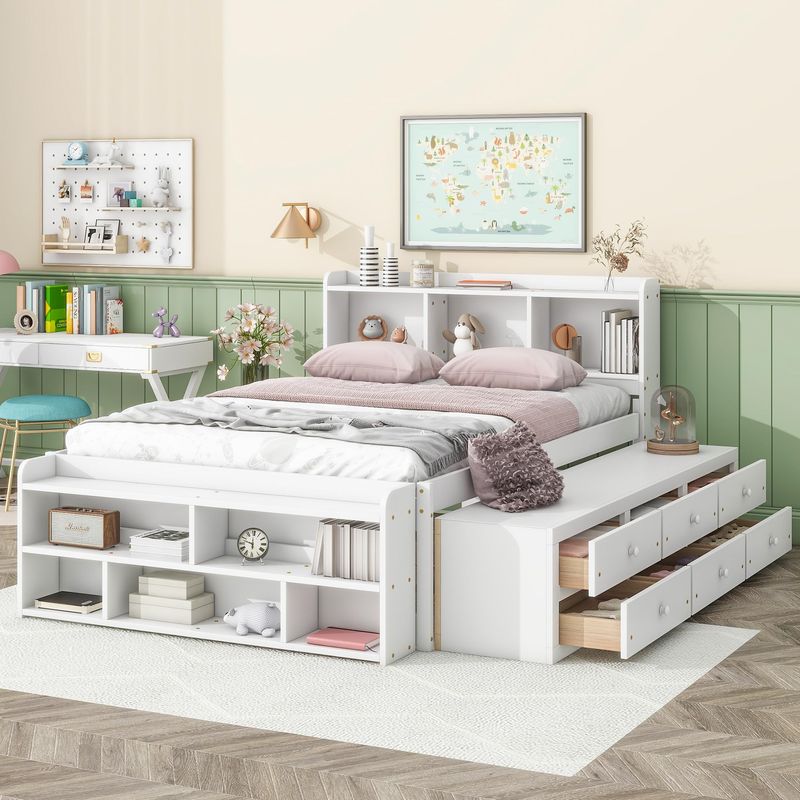
Secret storage compartments transform ordinary furniture into clutter-busting powerhouses. Beds with drawers underneath utilize that often-wasted space for storing seasonal clothing or extra linens without requiring additional dressers.
Staircase steps with pull-out drawers are genius solutions in lofts or split-level apartments. Even hollow ottomans and coffee tables with lift-tops hide away everything from board games to work supplies while maintaining a clean, minimalist look.
Did you know that custom built-ins can be designed to fit awkward corners and nooks? These tailor-made solutions maximize every odd angle in your space. The beauty of hidden storage is psychological too – when clutter disappears behind clean surfaces, your mind perceives the space as larger and more peaceful.
7. Sliding Doors
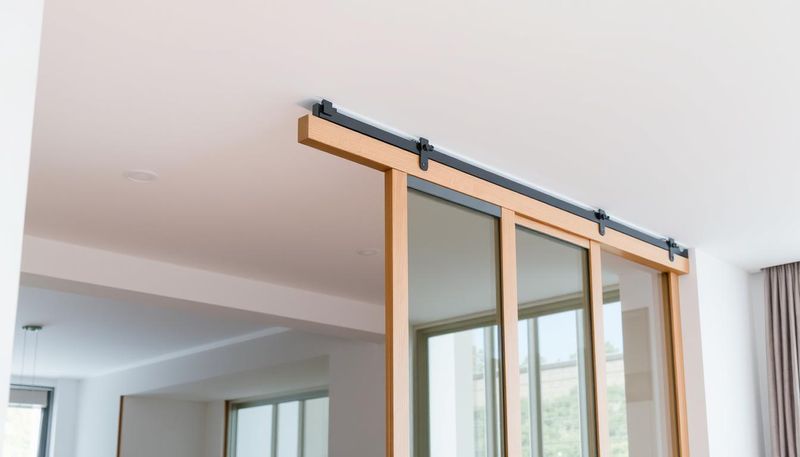
Traditional swinging doors require clearance space that tiny homes simply can’t spare. Sliding doors glide parallel to walls instead, instantly reclaiming valuable square footage in every room.
Pocket doors that disappear completely into walls are perfect for bathrooms and closets. For room dividers, consider barn-style doors on exposed hardware that add architectural interest while serving a practical purpose.
Glass sliding doors work wonders between areas you want to separate occasionally without blocking light. My favorite application? Installing sliding pantry doors in narrow kitchens where every inch counts. The space saved might seem small per door, but multiply that by every doorway in your home, and you’ve potentially gained enough room for an extra piece of furniture or breathing space.
8. Compact Sofas
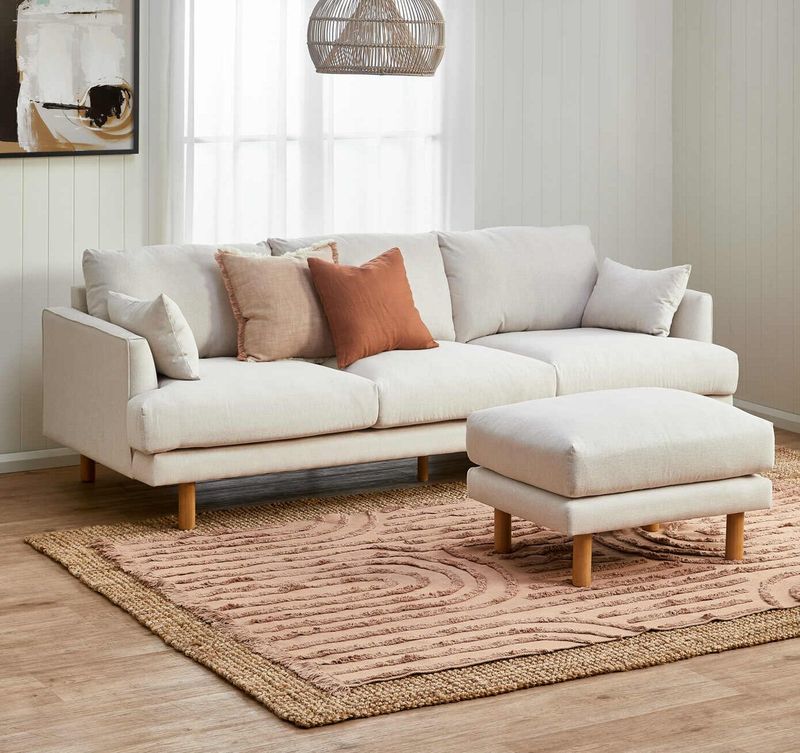
Oversized couches might look cozy in showrooms but can overwhelm small living rooms. Apartment-scale sofas with slim profiles offer comfortable seating without dominating the space.
Look for designs with exposed legs that create visual lightness seeing floor space beneath furniture tricks the eye into perceiving more room. Some compact sofas come with built-in storage under seat cushions, offering hidden spots for blankets and magazines.
If you host overnight guests, consider sleeper sofas that have evolved beyond the bulky, uncomfortable models of the past. Modern versions feature memory foam mattresses and streamlined mechanisms. The right compact sofa serves as both the functional heart of your living area and a style statement that sets the tone for your entire space.
9. Wall Hooks
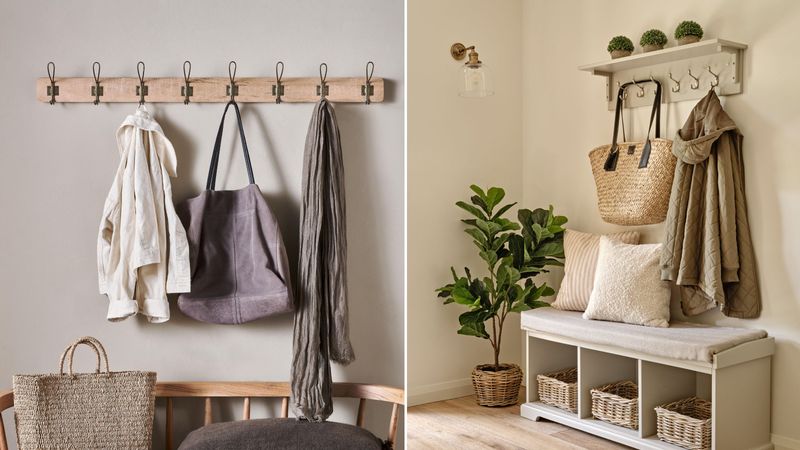
Simple wall hooks deliver outsized organizing power in small spaces. Mounted near entryways, they keep jackets, bags, and keys off counters and floors while creating a functional drop zone that prevents clutter from spreading.
In bathrooms, decorative hooks can replace bulky towel bars, allowing multiple towels to hang in the same footprint. Kitchen hooks transform walls into vertical storage for mugs, utensils, or pots and pans when cabinet space is limited.
The variety of stylish options available now means hooks can be design features themselves. Try arranging hooks in unexpected patterns or mixing different styles for visual interest. When every square inch matters, these humble hardware heroes let vertical wall space shoulder the storage burden that would otherwise consume your precious floor area.
10. Nesting Tables

Sets of nesting tables are magical space-savers that multiply your surface area only when needed. These stackable tables tuck neatly together when not in use, taking up the footprint of just one table.
When friends visit, simply pull out the smaller tables to create individual surfaces for drinks and snacks. Many modern designs mix materials like wood, metal, and glass for an interesting layered look even when nested.
Where do they work best? Try using them as side tables, coffee tables, or even as makeshift dining surfaces. I’ve even seen clever arrangements where the smallest table becomes a plant stand or display surface. Their versatility makes them perfect for spaces that need to transform quickly between everyday living and entertaining.
11. Floating Shelves
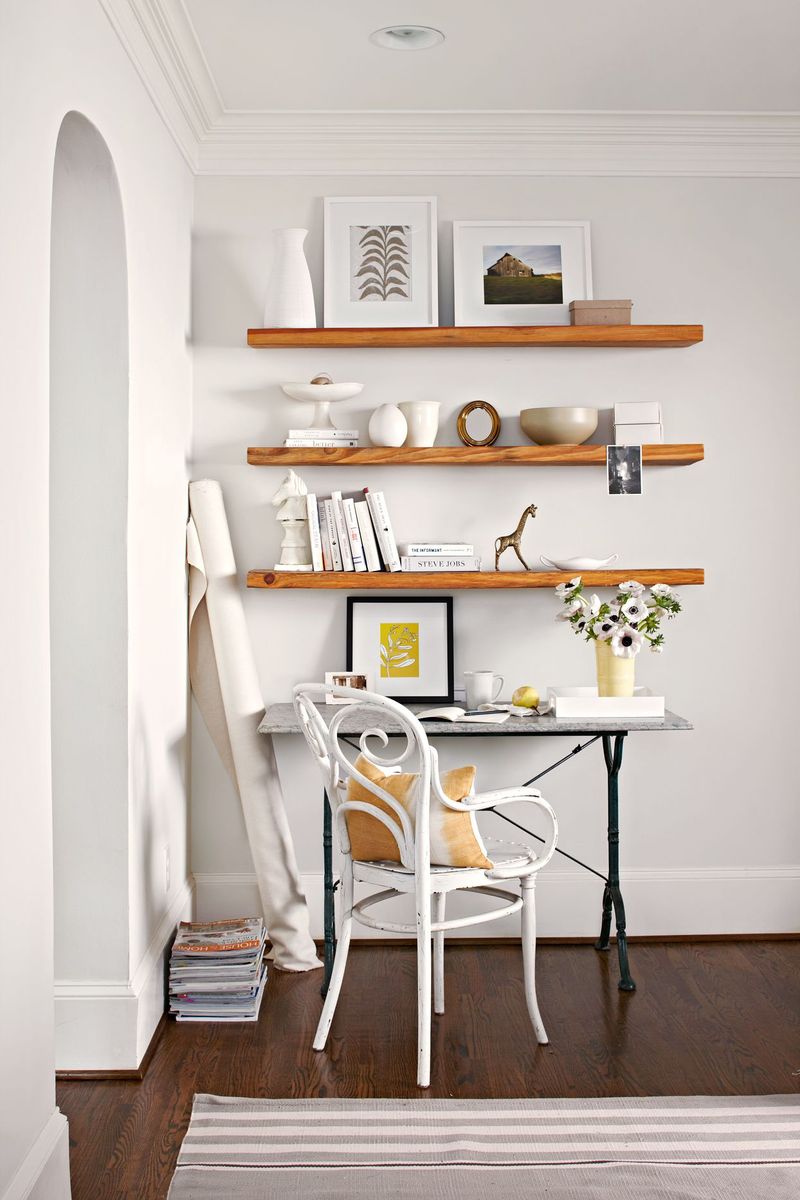
Floating shelves create storage and display space without the visual bulk of traditional bookcases or cabinets. Without visible brackets or supports, they seem to hover against walls, maintaining an airy, uncluttered look.
Strategic placement around doorways and windows turns awkward wall sections into functional zones. In kitchens, floating shelves allow frequently used items to remain accessible while freeing up precious counter space.
The key to success with floating shelves? Careful curation of what you display. Resist the urge to overcrowd them, instead treating each shelf as a mini gallery with negative space between items. This approach not only looks more intentional but prevents the shelves themselves from contributing to a cluttered feeling in your small space.
12. Slim Profiles
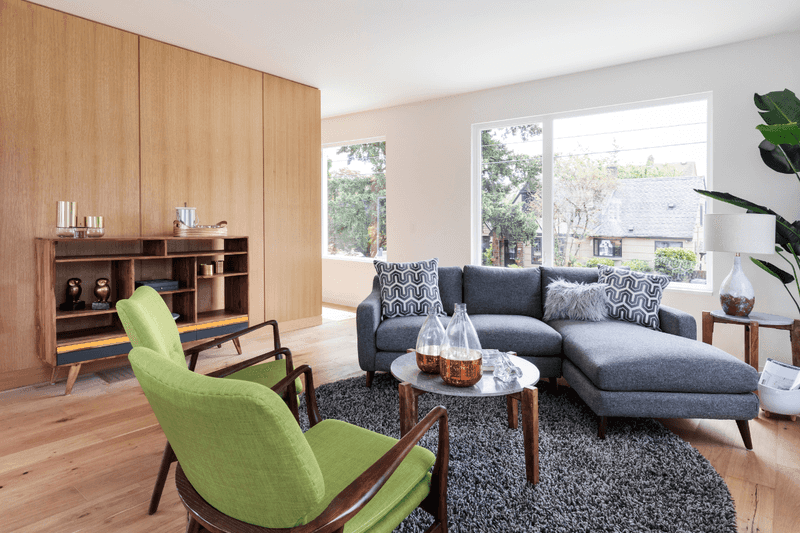
Furniture with narrow profiles can transform cramped rooms into functional spaces. Streamlined pieces with thin arms, legs, and backs provide the same utility as their bulkier counterparts while visually taking up less space.
Mid-century modern designs excel in this category with their characteristic slim silhouettes. Look for dining chairs with minimal frames, credenzas that hug walls closely, and beds with simple platform bases rather than chunky footboards.
The impact of choosing slim-profile furniture is cumulative each piece might save just a few inches, but together they create significantly more open floor area and sightlines. This approach works particularly well in studio apartments where multiple functions need to coexist in harmony without overwhelming the space.
13. Transparent Furniture
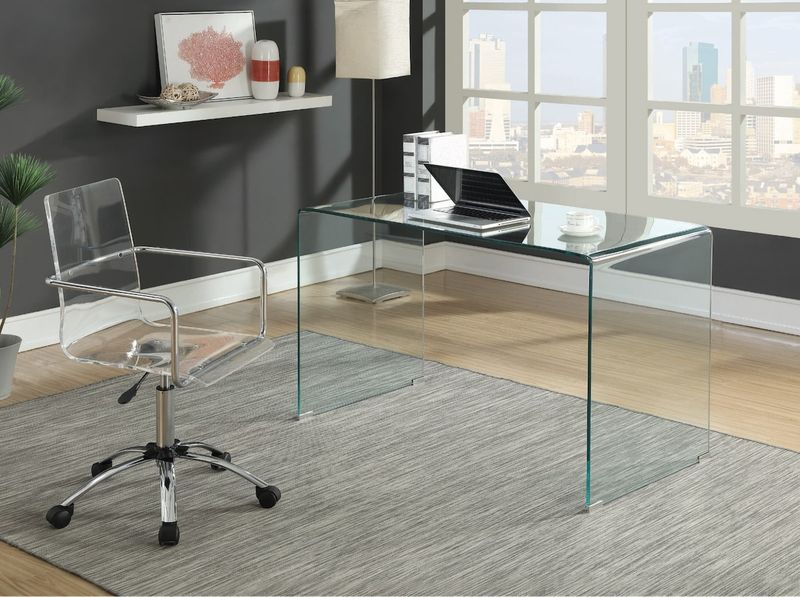
Clear acrylic or glass furniture creates visual magic in small spaces by virtually disappearing. Ghost chairs, glass coffee tables, and lucite consoles provide function without adding visual weight to a room.
Light passes through these transparent pieces, preventing the blocked sightlines that make spaces feel confined. This optical illusion is especially powerful when paired with light wall colors and good natural lighting.
Beyond the space-enhancing benefits, transparent furniture adds a contemporary edge to any decor style. Mix a glass dining table with traditional wooden chairs for an interesting contrast, or use a clear acrylic desk in a home office corner where a solid piece would feel imposing. These see-through wonders work hardest in areas where traffic flow is important.
14. Light Layering
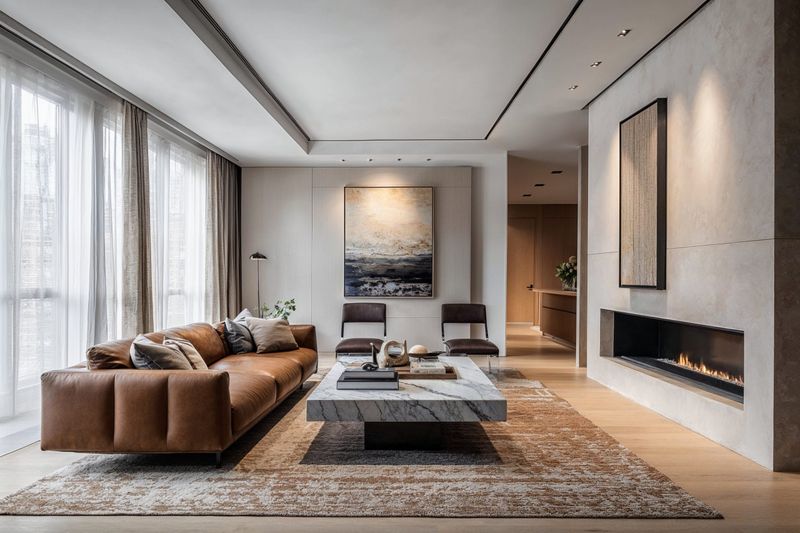
Multiple light sources at different heights create dimension and perceived space in tiny rooms. Relying on a single overhead fixture often leaves corners dark and makes ceilings feel lower.
Instead, combine floor lamps, table lamps, wall sconces, and task lighting to eliminate shadows and highlight architectural features. Adjustable options like swing-arm wall lamps save precious table space while providing focused light exactly where needed.
The color temperature of your lighting matters too. Warm white bulbs (2700-3000K) create a cozy atmosphere, while cooler temperatures can make spaces feel more open and airy. When every light source is dimmable, you gain incredible flexibility to adjust the mood and perceived size of your space throughout the day and evening.

